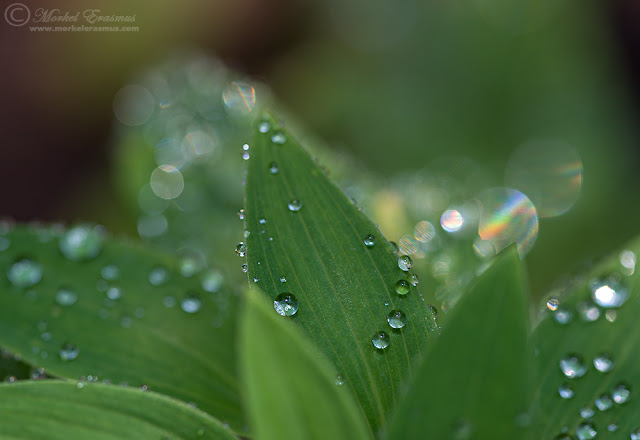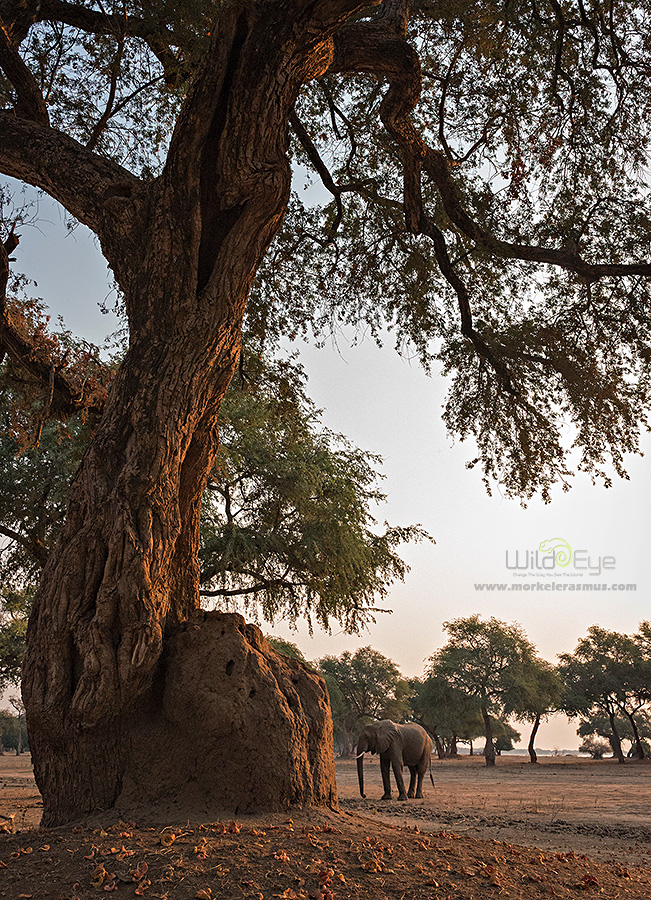Or rather - I realise how much this year has ran away with my time!
Earlier in the year I was able to convince the kind folks at Nikon South Africa to loan me a macro lens to play with for a week or two. I was handed the Nikkor 105mm f2.8 Micro lens, and proceeded to (try to) put it through its paces.
I must confess, I have always enjoyed good macro photography (especially of the smaller organisms that inhabit our planet, more so than flowers and fine detail on porcelain teacups)...yet I have never felt an innate desire to partake in it, to try my hand at it as it were. I knew once I started playing with this great piece of glass that there's more to it than merely sticking your lens very close to a bug's face. The bug also would have to sit still, but that is a totally different issue.
Without relenting to too much text, here are a few sample images I was able to make during my time spent with this lens. I can definitely see myself investing in one of these "for the fun of it" in the future!
 |
| Nikon D800 | Nikkor 105mm f2.8 Micro VR | f5.6 | 1/100 SS | ISO-100 |
 |
| Nikon D800 | Nikkor 105mm f2.8 Micro VR | f20 | 1/320 SS | ISO-1000 |
 |
| Nikon D800 | Nikkor 105mm f2.8 Micro VR | f11 | 1/160 SS | ISO-1000 |
What do you think? Should I dabble some more?
Morkel Erasmus






















































